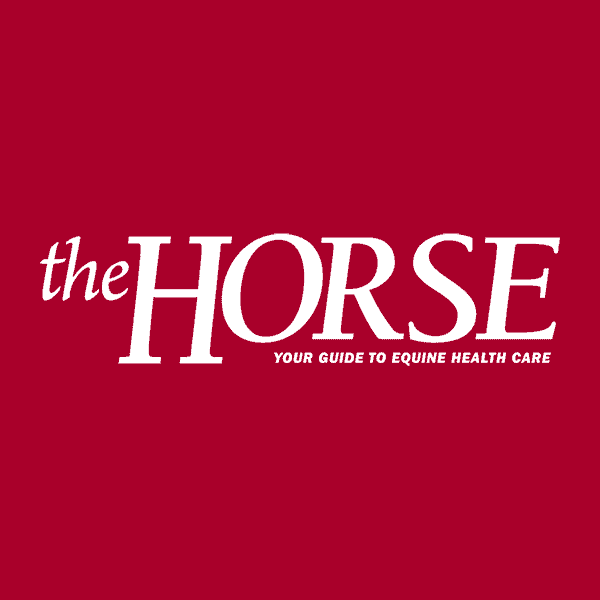Holistic Symposium Report 1998
The second annual Equine Holistic Symposium was held at the Kentucky Horse Park on March 21-22. Attendees from as far away as France assembled on the first day of spring to listen to a series of speakers whose presentations centered around the
- Topics: Article, Horse Industry News
The second annual Equine Holistic Symposium was held at the Kentucky Horse Park on March 21-22. Attendees from as far away as France assembled on the first day of spring to listen to a series of speakers whose presentations centered around the symposium’s holistic concept: devoted to the propagation of complete health care for the equine. Following are some of the highlights from the symposium lectures:
Anita Jackson, DC, opened the symposium with a lecture on chiropractic. During her presentation, she reminded the audience that pain is not the only criterion of which to be aware in assessing the well-being of a horse. Pain often is the last thing to appear and the first thing to go away. One must find the problem; by the time there is pain, the problem has been there for a while. According to Jackson, one must locate and know the problem before treatment can begin, whether the problem is nutritional, structural, chemical, etc. She also reminded the audience of the stages of care: to get relief from pain, to stabilize and correct the problem, to maintain the correction (this is a very important stage), and to rehabilitate (if there is no rehabilitation, one is setting himself or herself up for a lack of success).
Physical therapy is an integral part of care, but one must first make sure that the initial problem is corrected. Most importantly, one must make sure he or she is using a qualified practitioner. Jackson also discussed the components of a good chiropractic exam: a complete case history, posture analysis, gait analysis, static palpation, motion palpation, muscle involvement, and spinal temperature. Conditions she said can be treated include stiffness, performance problems, some lameness, and uneven gaits. There is no “cookbook” formula in regard to the frequency of treatments. The number of treatments must be determined on an individual basis, but treatment must be given at least once a week initially.
Peggy Fleming, DVM, presented homeopathy as a modality of holistic medicine. According to Fleming, whether horse or human, symptoms are the body’s way of trying to achieve balance, and we should try to stimulate those symptoms in order to effect a cure. Therefore, one should administer a homeopathic to stimulate the cure. The remedy prods the body’s immune system to work rather than to be suppressed. In other words, a homeopathic remedy is used to stimulate a central reaction to fight the insult. Another cornerstone of homeopathy concerns the potency. The substances given are very diluted. To illustrate this modality, Fleming listed many homeopathic remedies and the problem they are intended to cure. For example, aconitum (monk’s hood) is used as a fever remedy. It should be used at the first sign of illness. It also is used as a preventative for shipping fever. Fleming warned the audience that this form of medicine can be powerful and dangerous, especially since many of the remedies come from poisonous substances
Create a free account with TheHorse.com to view this content.
TheHorse.com is home to thousands of free articles about horse health care. In order to access some of our exclusive free content, you must be signed into TheHorse.com.
Start your free account today!
Already have an account?
and continue reading.

Written by:
The Horse Staff
Related Articles
Stay on top of the most recent Horse Health news with



















